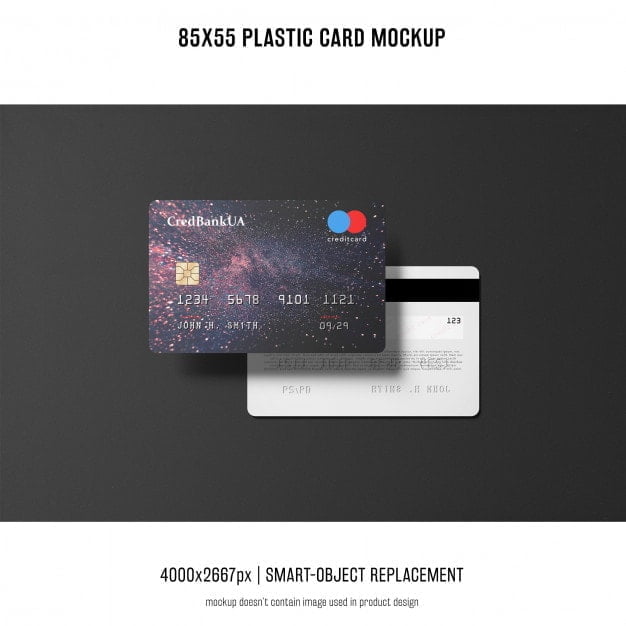A Fresher’s Guide to Decode The Credit Card Terminologies & Jargons
by Abdul Aziz Mondal Loans & Credit Published on: 16 March 2020 Last Updated on: 27 September 2024

The Credit Card Terminologies & Jargons
Credit cards have become an integral part of most of us. Even those who do not have it, know just about enough what it is. Many can learn about credit cards and how they function when used offline or online. SC’s credit card guide online provides useful information for those who are interested in getting a credit card for themselves. For many cardholders though, a credit card may come off with many terminologies they might not be familiar with. A proper understanding of credit card terminologies & jargons is necessary in order to take appropriate steps regarding your financial activities.
Let us take a look at this jargon with a view of understanding Credit Card Terminologies & Jargons.
Annual Fee
Annual Fee is the amount that the lender charges on the credit card for the management of your account details comprising of each and every transaction done in a financial year. Although most credit cards come with an annual fee, the same is waived off after the user crosses a certain spending limit set by the credit card issuer.
Transactions Fees
A transaction fee is an additional amount that you have to pay for the various services you use apart from the usual ones. This can come while using the credit card in ATMs to withdraw money, making a late payment or exceeding the credit limit allotted to you.
Finance Charges
This is the way through which lenders earn their major part of the income from issuing credit cards. Finance charges refer to the extra amount a cardholder has to pay along with the borrowed amount – be it the interest amount or any other fee.
Annual Percentage Rate
Annual Percentage Rate or APR is an annual representation of the interest rate applied on your credit card. If a cardholder fails to pay the borrowed amount back on time, the interest charged per month will be based on APR. Learn more about APR to know how it works.
Balance Transfer

In balance transfer, you move the current outstanding to another lender. Doing this will make your new lender pay the previous one and you can pay the new lender on a later date. If the new lender offers a better APR then it is considered wise to make a balance transfer. Though the thing to be noted is that the new lender or company may charge a one-time fee for paying off your loan from the old lender.
Credit History

The credit history of a cardholder means a record of all his previous credit finances. How much amount he borrowed, from whom, for what purpose and how well he has paid his dues on time. A disciplined way of loan repayment leads to good credit history while defaulting impacts it negatively.
Credit Limit
Credit limit refers to the maximum amount extended to a borrower which he can spend. If he spends more than the credit limit permits him, the lender will charge a fee.
It is always suggested to not spend more than 30% of your credit limit as this impacts your credit score. Limiting credit spending ensures the lender that you will be able to pay back the borrowed sum.
Credit Score

The credit score, primarily the CIBIL score, determines the quantitative ability of yours to pay back the credit amount on time. The higher the score the better will be your reputation in the financial market. With a high score, the chances of getting a loan at low APR increases.
Due Date
Due date is the last date for payment on which your borrowed sum will be taken back without any interest or fee. Missing on a due date means that the credit card holder will have to pay an agreed fee or interest for defaulting the payment. Online payment for your credit card debt is a better option for it will reflect faster in your financial statement for the month.
Grace Period
Grace period refers to the time allotted to a new credit card owner during which no charges or interest rates are applicable. The period starts from the first billing cycle and generally runs for 20 to 25 days.
Introductory Rate
The introductory rate refers to the credit period. Usually, the initial few months or a year, when the APR is highly minimal or even zero. Post this period, the APR changes usually increases.
Minimum Payment
Minimum Payment is the nominal amount you necessarily have to pay. So that your account does not go into the defaulter’s list. This amount is a small percentage (somewhere around 2%) of the amount you borrowed in the month.
Getting familiar with these terms should be a must for all the credit card owners. It often happens that you are not aware of some charges applied to your account for reasons you do not know about them. Knowing about all the credit card terminologies thoroughly will help you avoid this situation and tackle any problem as soon as it occurs.
Read also:



































































































